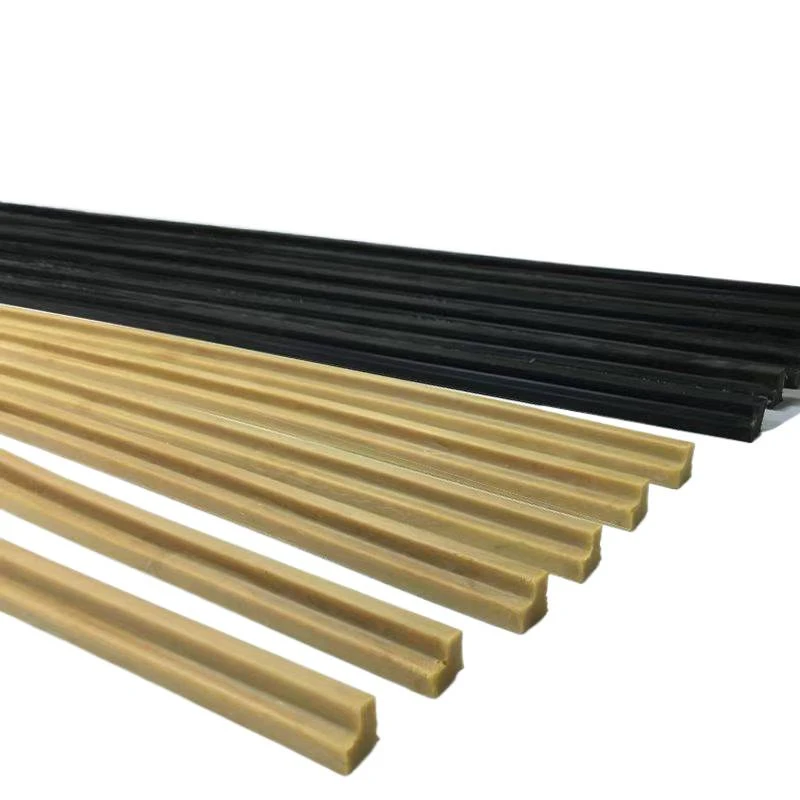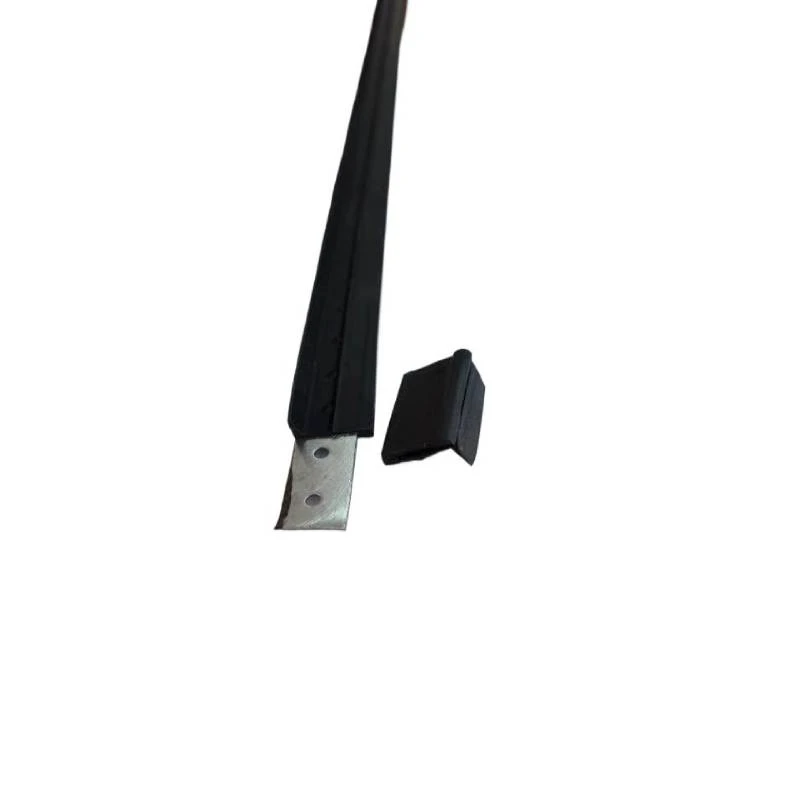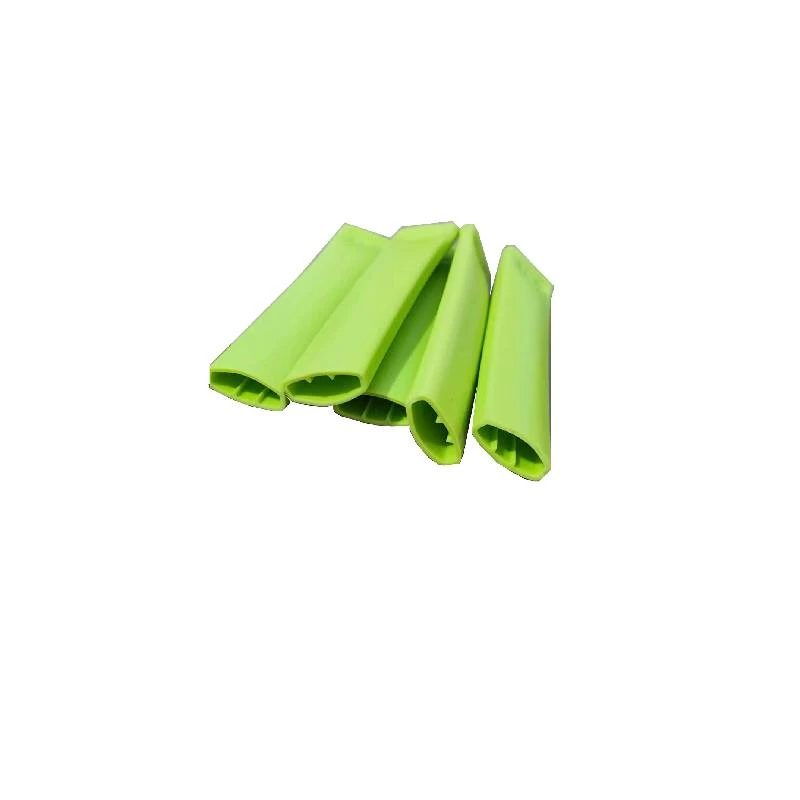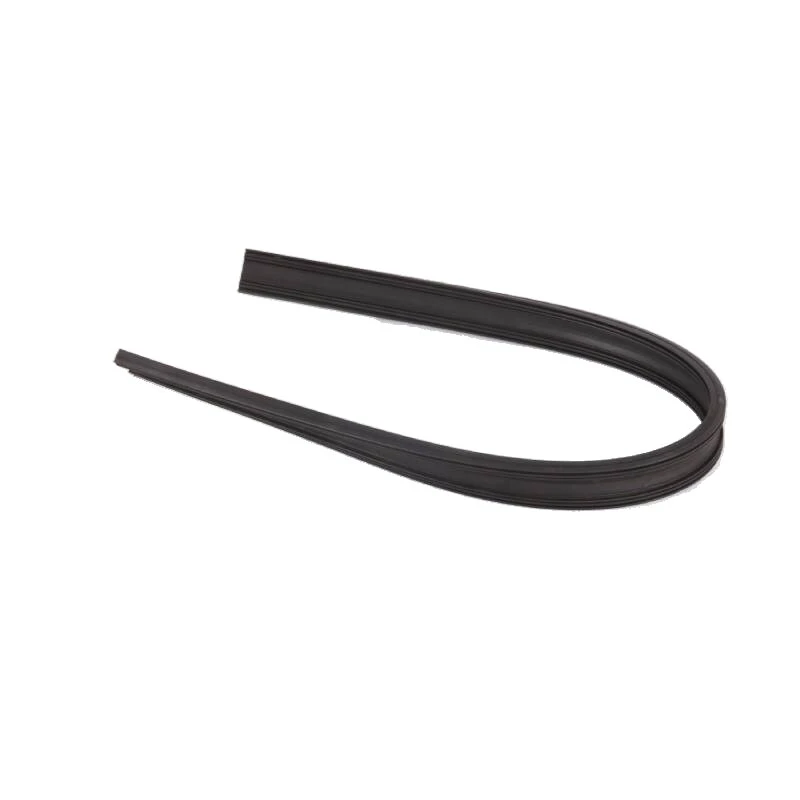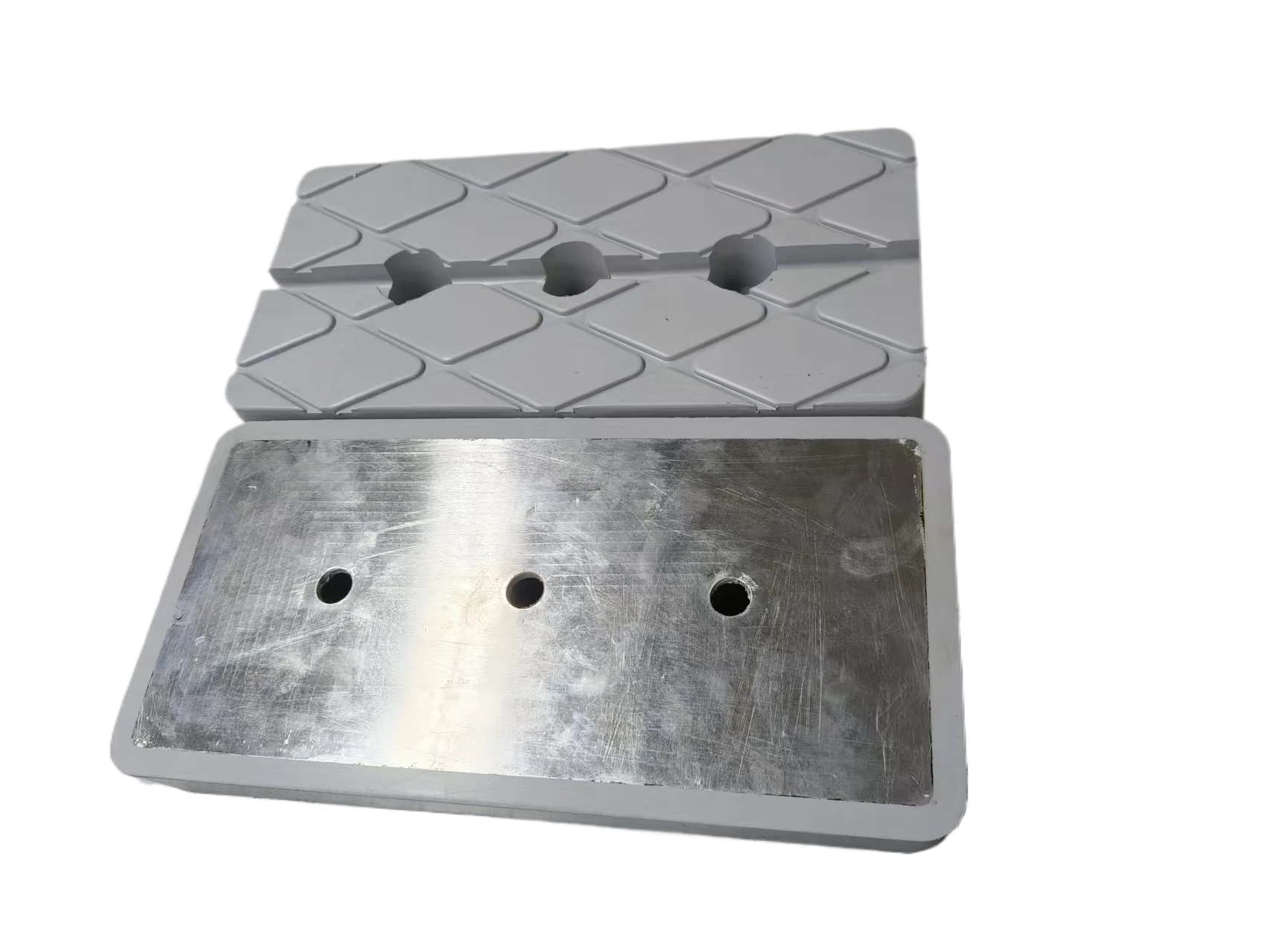Rubber Gas Hose | Durable, Flame-Resistant, OEM Supply
Field Notes on the Modern rubber gas hose Market
If you handle fuel gas lines for appliances, LPG manifolds, or welding bays, you already know the humble hose makes or breaks safety. To be honest, most failures I see aren’t dramatic—they’re slow leaks from aging covers, UV damage, or mismatched fittings. The surprising bit? Small material choices in a rubber gas hose ripple into service life, permeation, and even insurance compliance.
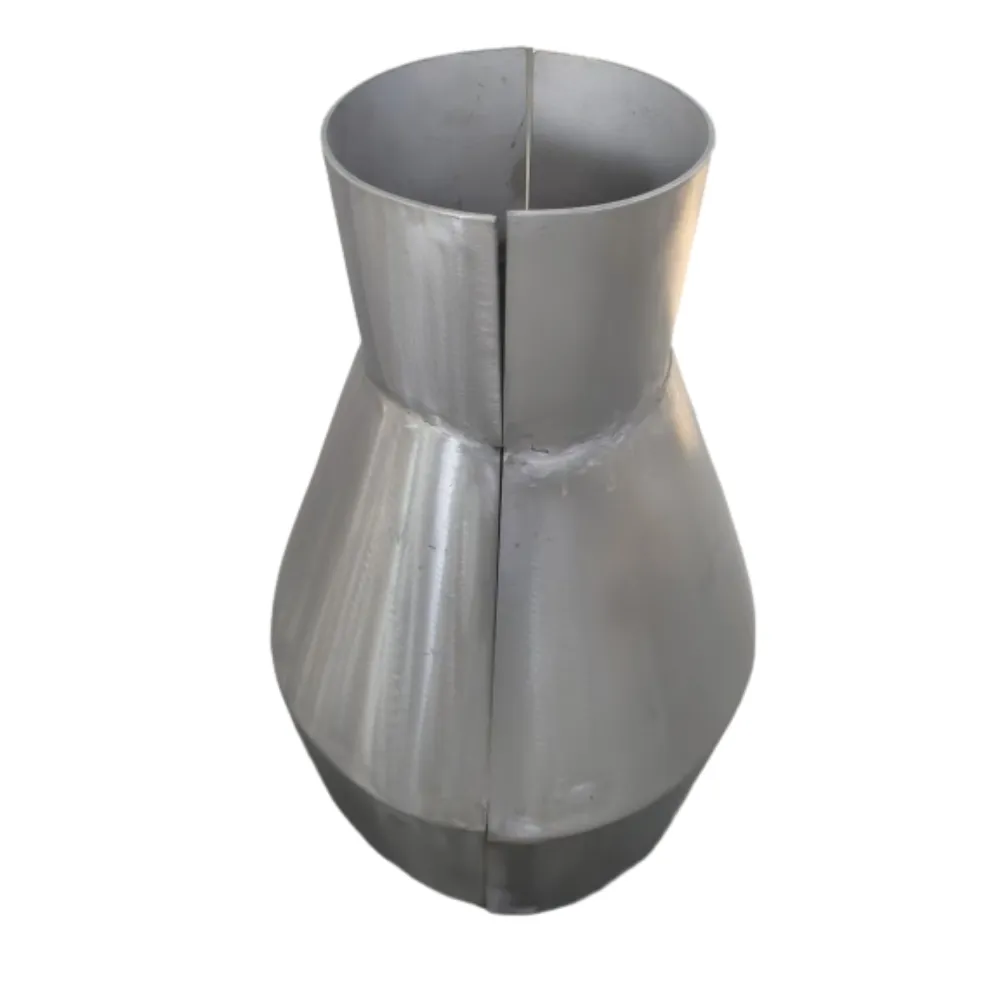
Industry snapshot: where buyers are shifting
- Spec tightening around EN 16436-1 (LPG) and ISO 3821/EN 559 (welding) pushes traceable batches and lot-marked rubber gas hose.
- Materials drift from basic NBR to blends with CSM/EPDM for ozone and weathering, especially in outdoor propane service.
- Anti-static covers and conductive layers are trending for dry-gas transfer to reduce ignition risk.
- Color-coded twin-line welding hose is still the shop favorite—simple, readable, reliable.
Typical specs (real-world use may vary)
| Parameter | Typical for rubber gas hose |
|---|---|
| Inner tube | NBR/SBR blend with low gas permeability |
| Reinforcement | High-tensile polyester or aramid braid (1–2 layers) |
| Cover | CSM/EPDM, ozone- and flame-resistant; black or color-coded |
| ID range | ≈ 6–25 mm |
| Working / burst pressure | ≈ 20 bar WP / ≥ 60 bar BP (UL 21 LPG types can exceed this) |
| Temperature range | -30 °C to +80 °C (intermittent to +90 °C) |
| Electrical resistance | Conductive layer R ≤ 106 Ω/m (where required) |
| Standards | ISO 3821 / EN 559 (welding), EN 16436-1 (LPG), UL 21 (LP-Gas) |
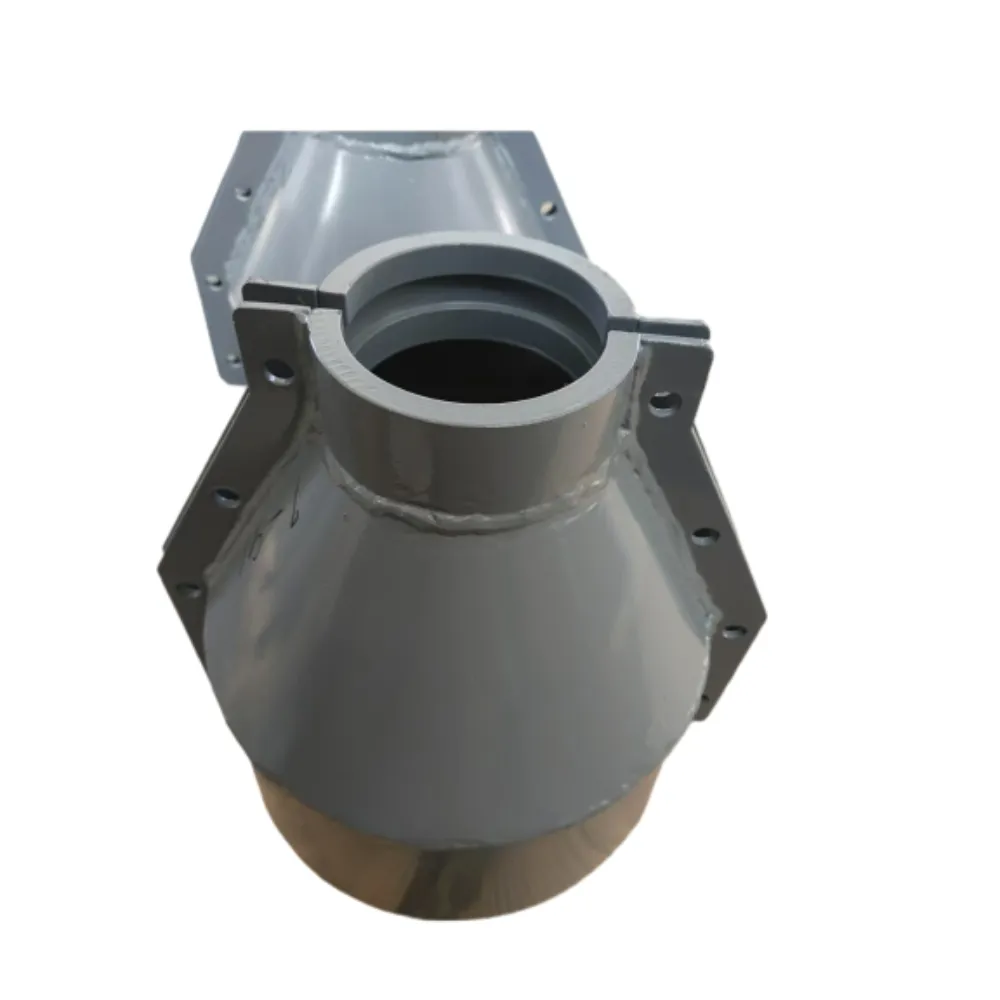
How it’s made (short version)
Compounding (NBR/EPDM/CSM + carbon black + antistatics) → inner-tube extrusion → braid reinforcement → cover extrusion or wrapping → vulcanization (steam/press) → proof & burst testing → marking → assembly with fittings. Key tests: hydrostatic per ISO 1402, adhesion, permeation (LPG per EN 16436-1), flexibility (ISO 4672), abrasion (ISO 4649), and flame trials. In service, many customers say 5–8 years is a fair replacement cycle outdoors; indoor, I’ve seen 10+ with proper inspection.
Applications and advantages
- LPG/propane feeds for heaters, cooklines, patio appliances.
- Oxy-fuel and inert gas welding bays (twin-line variants).
- Temporary gas hook-ups on construction sites; portable cylinders.
Why a rubber gas hose? Flexibility in tight runs, low temperature resilience, easy field termination, and—when specified correctly—excellent ozone/weather resistance. Actually, the lighter weight vs. corrugated metal connectors matters for mobile gear.
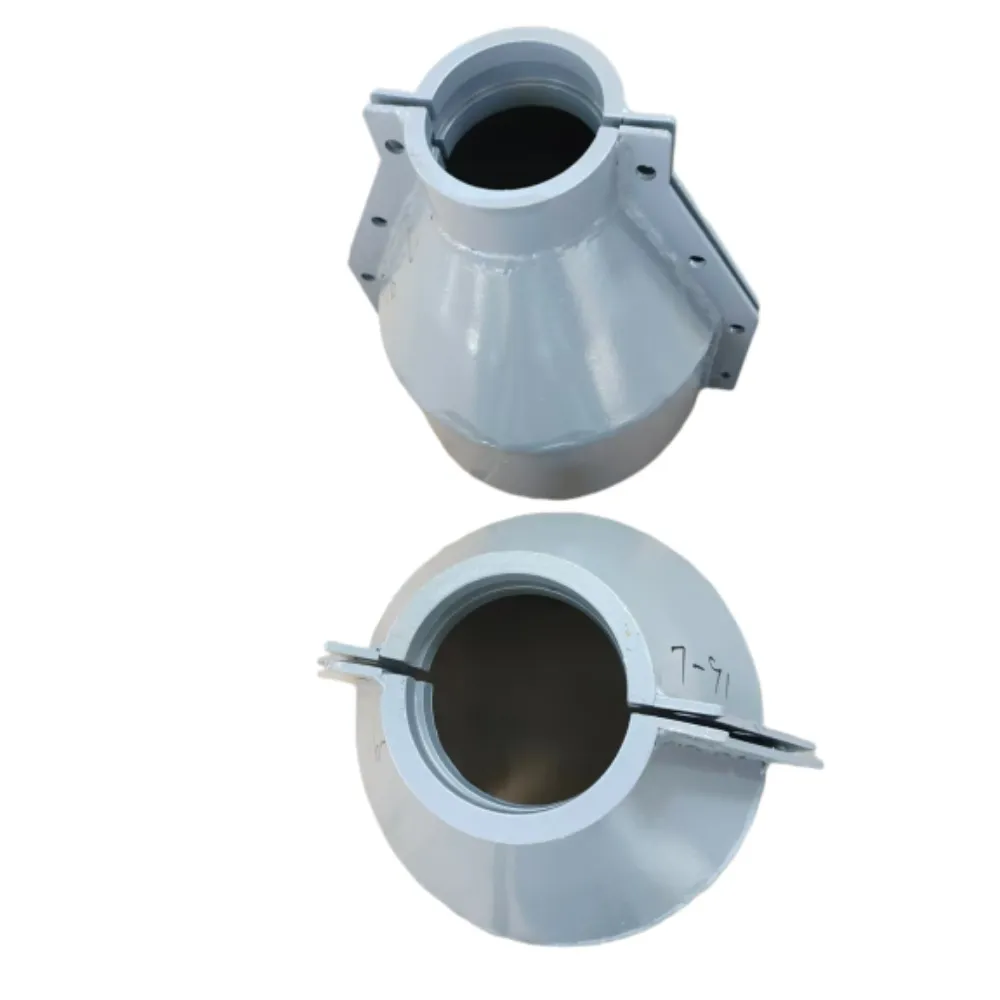
Vendor landscape (quick comparison)
| Vendor | Strengths | Certs | Lead time ≈ | Notes |
|---|---|---|---|---|
| FY Gasket (Hebei) | Elastomer + metal fabrication; custom covers; OEM batches | ISO 9001; project-level compliance | 3–5 wks | Origin: No. 228 North Street, Gaobeidian City |
| EU Specialist Brand | EN/CE focus; extensive batch traceability | EN 559 / EN 16436-1 | 4–7 wks | Premium pricing, strong distributor network |
| APAC OEM | Cost-effective large runs; private labeling | UL 21 (select lines) | 2–6 wks | Check test data and rubber formulation |
Customization playbook
Mix-and-match: ID/OD, braid count, anti-static layer, flame-retardant cover, quick-couplers, ferrules, crimped or swaged ends, color striping, and laser batch codes. I guess the biggest win is picking the right elastomer blend for sun, oil mist, or low-temp starts.
Mini case notes
- Food LPG line, coastal site: switched to CSM cover; leak checks dropped 60% over 12 months.
- Welding school: twin-line hoses with EN 559 marking; kinks reduced after moving to aramid braid.
- Hydrotest batch data: 3× WP proof, zero blistering; burst at 78–92 bar on 10 mm ID samples (lab ambient).
Compliance tip: label hoses with in-service dates and follow OSHA shop checks; it sounds fussy, but it pays.
References
- ISO 3821:2019 Gas welding equipment — Rubber hoses for welding, cutting and allied processes.
- EN 559:2019 Rubber hoses for welding, cutting and allied processes.
- EN 16436-1:2020 Rubber and plastics hoses, tubing and assemblies for LPG — Part 1.
- UL 21: LP-Gas Hose (latest edition).
- ISO 1402:2009 Rubber and plastics hoses — Hydrostatic testing.
- OSHA 29 CFR 1910.253 Oxygen-fuel gas welding and cutting.
-
Plastic Pelton Wheel – Lightweight, Cost-Effective Hydropower SolutionsNewsNov.24,2025
-
Durable and Cost-Effective Plastic Sheave Wheels for Modern IndustryNewsNov.24,2025
-
Plastic Spoke Wheel – Lightweight, Durable Wheels for Global Mobility SolutionsNewsNov.24,2025
-
Plastic Stem Casters: Durable, Cost-Effective Mobility Solutions for Every IndustryNewsNov.24,2025
-
Plastic Wheel Roller: Durable, Lightweight Solutions for Modern IndustryNewsNov.24,2025
-
Plastic Wheelchair Wheels: Durable, Affordable Mobility Solutions WorldwideNewsNov.24,2025
-
Small Plastic Casters – Durable, Lightweight Wheels for Global MobilityNewsNov.24,2025




